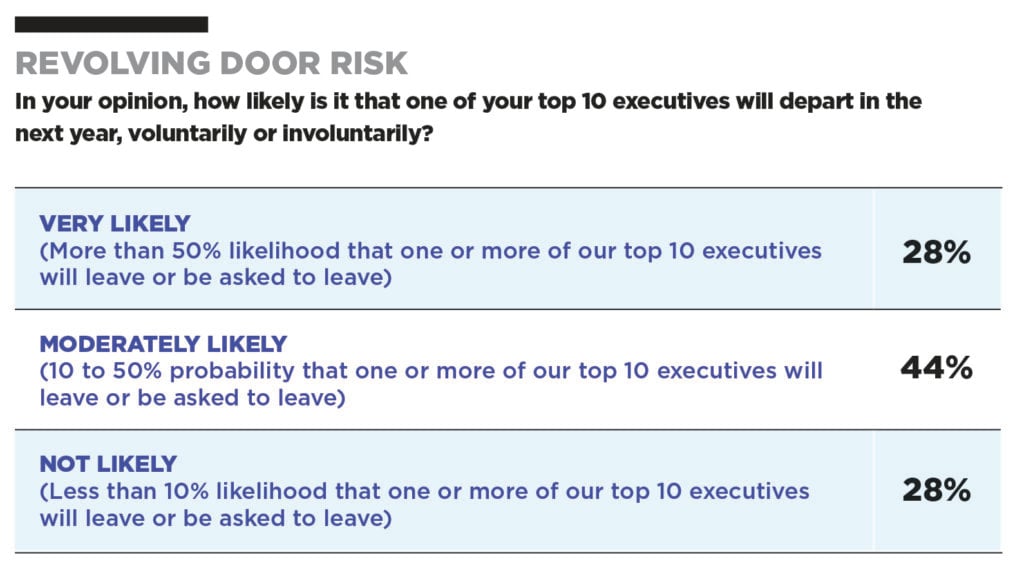 Most corporations aren’t structured for innovation. Their policies and processes are built around operational excellence and not how to be creative. Because of this, sometimes they have to look for ways to make creativity happen.
Most corporations aren’t structured for innovation. Their policies and processes are built around operational excellence and not how to be creative. Because of this, sometimes they have to look for ways to make creativity happen.
For instance, General Motors looked to outside organizations for innovation, partnering with a variety of small enterprises and educational institutions to gain insights into new technologies, skills training, and cultural issues.
What drives monolithic corporations to seek help with innovation? Often, fear of failure. It can prevent them from pursuing ideas and stifle their own innovative spirit, ultimately leaving room for competitors to steal market share.
This is where innovation programs come in.
A Greater Fear Than Failure
Our company frequently hears concerns from corporations about keeping and attracting talent. Because they fear that startups will poach their employees, innovation programs offer a solution. They let the corporation reach out, work with the best and brightest, and provide stability to potential innovation partners.
Corporations also face the reality that ideas could end up in the hands of a competitor, but having a deeply engaged and committed team offers reassurance in the face of this risk. The best team will compete by bringing the best products to market, never by sharing proprietary ideas.
With only 45% of corporations engaging in the startup space — and the majority of those not doing it well — a solid innovation partnership gives companies an edge over the competition. But how do you get started?
How to Find Innovation Within and Beyond
1. Product innovation
Ask employees for their input, and don’t stop at the product development team. Seek opinions from people across your organization. One of Frito-Lay’shottest commodities, Flamin’ Hot Cheetos, came from Richard Montañez, a janitor with a 4th grade education level. He proceeded to rise through the corporate ranks all the way to the executive team.
2. Operational innovation
Innovation can impact seemingly mundane areas of business, too. One healthcare organization we worked with was looking for a simple way to improve a specific operational issue: Hospital staff weren’t getting enough time to eat their cafeteria lunches. In response, the organization is looking at an app that allows staff to preorder food and arrange times to pick up it up. It has the potential to have a high impact on morale and a low impact on cost.
3. Looking outside the organization
You can find innovation in outside partners, too. XPRIZE is a nonprofit that creates and manages competitions to solve challenges with businesses. In one case, Vor-Tek was an organization working to clean up oceans but needed a big idea for how to do it. While getting a tattoo, the CEO told the artist about his problem, and they came up with some truly creative ideas. The tattoo artist joined the company and ended up almost winning an XPRIZE for finding faster ways to clean up oil spills.
The primary challenge organizations will face in the future isn’t disruption — it’s failure to respond to the accelerated pace of business. Innovation is key if corporations want to grow and succeed in the marketplace today.






